In April 2025, the Murshidabad district in West Bengal saw fierce protests. This unrest followed the Waqf (Amendment) Act, 2025. Peaceful protests soon turned into unrest. Towns like Dhuliyan, Suti, and Samserganj were affected. This article explores what led to the violence, how it affected local communities, and the wider effects of the protests.

Background: The Waqf (Amendment) Act, 2025
The Waqf (Amendment) Act, 2025, was passed by the Indian Parliament in early April 2025. The new law made big changes to how Waqf properties are managed and governed nationwide. Critics said the amendments hurt religious freedoms and minority rights. This raised worries, especially in Muslim communities. In West Bengal, where many Muslims live, the Act faced strong opposition. Various groups organized protests to express their dissatisfaction. Chief Minister Mamata Banerjee assured that the Act wouldn’t be enforced in West Bengal. Still, protests grew stronger, especially in Murshidabad district.
The Spark: Peaceful Protests Turn Violent
On April 11, 2025, a peaceful protest against the Waqf (Amendment) Act in Dhuliyan, Murshidabad, turned violent. Eyewitnesses said a group of young people, not in the original protest, started vandalizing shops. They targeted businesses owned by both Hindus and Muslims. The situation got out of hand fast, causing widespread looting and property damage.
The violence spread to nearby towns like Suti and Samsergaj. In Suti, protesters clashed with police. Several officers were injured, and a local youth died. This increased tensions in the area. Many families were displaced, and there was significant destruction left in the wake of the unrest.
Impact on Local Communities
The violence deeply affected Murshidaa’s local communities. Many families lost their homes and sought shelter in schools and public buildings. Businesses were destroyed, disrupting livelihoods. The fear and uncertainty that followed caused lasting scars on the residents.
One touching story is about Bhola Das and Mohd Hassan. They were lifelong friends and business partners who owned a fruit and flower shop together. During the unrest, their shop was looted. They lost everything they had worked for over the years. Their experience reflects many others who suffered from the violence.
Legal and Political Repercussions
In response to the violence, the West Bengal government acted quickly. They sent more police to the affected areas. Also, they temporarily cut internet services to stop misinformation. Chief Minister Mamata Banerjee promised that the Waqf (Amendment) Act would not be enforced in the state.
The Calcutta High Court stepped in to direct central forces, like the Border Security Force (BSF), to help maintain law and order. The court also asked the state government for a status report on actions taken to control the situation.
Statistical Overview
| Category | Details |
| Fatalities | 3 |
| Injuries | 10+ |
| Arrests | Over 200 |
| Displaced Families | Hundreds |
| Affected Areas | Dhuliyan, Suti, Samserganj |
| Property Damage | Widespread looting and arson |
Broader Implications
The Murshidabad unrest shows how peaceful protests can turn violent if issues aren’t addressed. It highlights the need for dialogue and understanding in a diverse society. This incident also raises questions about laws managing religious and cultural institutions. We need inclusive policies that respect the rights of all communities.
Fun Fact: The Role of Social Media in Modern Protests
In the digital age, social media is key for organizing protests. During the Murshidabad unrest, people used WhatsApp and Facebook to share info and coordinate actions. But these platforms also spread misinformation, which led to more violence.
Conclusion: Lessons Learned and the Path Forward
The events in Murshidabad remind us how fragile communal harmony can be. Tensions can quickly lead to violence. This shows we must think carefully and discuss before making policies that impact religious and cultural institutions.
The government must work with everyone, like religious leaders, community reps, and civil groups. This will help build understanding and cooperation. Clear communication and inclusive policies are vital to avoid future unrest.
For the people of Murshidabad, recovery will take time and effort. Rebuilding trust and normal life needs help from everyone in the community. Only by working together and showing respect can we heal the wounds from this sad event.
Is Shellfish Halal for Muslims in Islam?
FAQs
u003cstrongu003e1. What is the Waqf (Amendment) Act, 2025, and why did it trigger protests in Murshidabad?u003c/strongu003e
The u003cstrongu003eWaqf (Amendment) Act, 2025u003c/strongu003e, introduced changes in how Waqf properties are governed and managed across India. Muslim communities were worried that the Act centralize control over Waqf boards. This move could limit community representation. u003cbru003eAs a result, it might threaten religious autonomy and minority rights.u003cbru003eIn Murshidabad, home to a large Muslim population and many Waqf properties, the Act felt like an attack on religious and cultural rights. Protests began peacefully but turned violent. u003cbru003eThis happened because outside troublemakers allegedly infiltrated, and security didn’t intervene properly.
u003cstrongu003e2. How did the violence unfold, and which areas in Murshidabad were most affected?u003c/strongu003e
The violence began on u003cstrongu003eApril 11, 2025u003c/strongu003e, during a protest march in u003cstrongu003eDhuliyanu003c/strongu003e, Murshidabad. The march started peacefully. However, witnesses said masked outsiders began vandalizing and looting shops. This included both Hindu and Muslim-owned stores. u003cbru003eu003cbru003eThe unrest quickly spread to Samserganj and Suti. This led to clashes between protestors and police. There was damage to property, burning vehicles, and sadly, some deaths and injuries. A young man named Ijaz Momin was allegedly killed in police firing in Suti-II, further inflaming tensions. Hindu idol-makers were also killed in the crossfire, showing the multi-community impact of the riots.property damage
u003cstrongu003e3. What was the role of the police and administration during the Murshidabad violence?u003c/strongu003e
Many eyewitnesses and local shopkeepers said the police were slow to act at first during the violence in Dhuliyan.u003cbru003eu003cbru003eDespite security deployments, the looting and vandalism continued for hours. Police sources claimed the situation spiraled too fast for them to control immediately.u003cbru003eu003cbru003eFollowing the escalation, u003cstrongu003emore forces were deployedu003c/strongu003e, and u003cstrongu003eSection 144u003c/strongu003e was imposed in violence-hit areas. The Calcutta High Court ordered central forces, including the BSF, to help restore order. It also asked the state government for a detailed report on its response.
u003cstrongu003e4. How has the violence impacted local businesses and community life in Murshidabad?u003c/strongu003e
The violence deeply affected local communities. Dhuliyan, Samserganj, and Suti felt the worst of it. Shops were looted, properties burned, and hundreds of families displaced. Many businesses-like the joint fruit and flower shop run by u003cstrongu003eBhola Das and Mohd Hassanu003c/strongu003e, a Hindu-Muslim duo, were destroyed overnight.u003cbru003eu003cbru003eThe unrest brought economic and emotional pain to residents. They had lived together peacefully for decades. Some families had to find shelter in public buildings, like schools. Tensions in the community are still high, even though officials say peace has returned.
u003cstrongu003e5. What are the broader implications of the Murshidabad violence for West Bengal and India?u003c/strongu003e
The Murshidabad incident shows how quickly religious and policy tensions can rise. It serves as a warning to handle these issues with care. It shows the need for inclusive policy-making. Engaging affected communities is important before making big legal changes.u003cbru003eu003cbru003eIn West Bengal, a place with a rich mix of religions and politics, keeping peace among communities is vital. The incident shows how misinformation, outside influence, and slow action can worsen things.u003cbru003eu003cbru003eIt sparks a national conversation about minority laws. It focuses on how these laws are debated, passed, and perceived. Also, it calls for more transparency in policymaking.
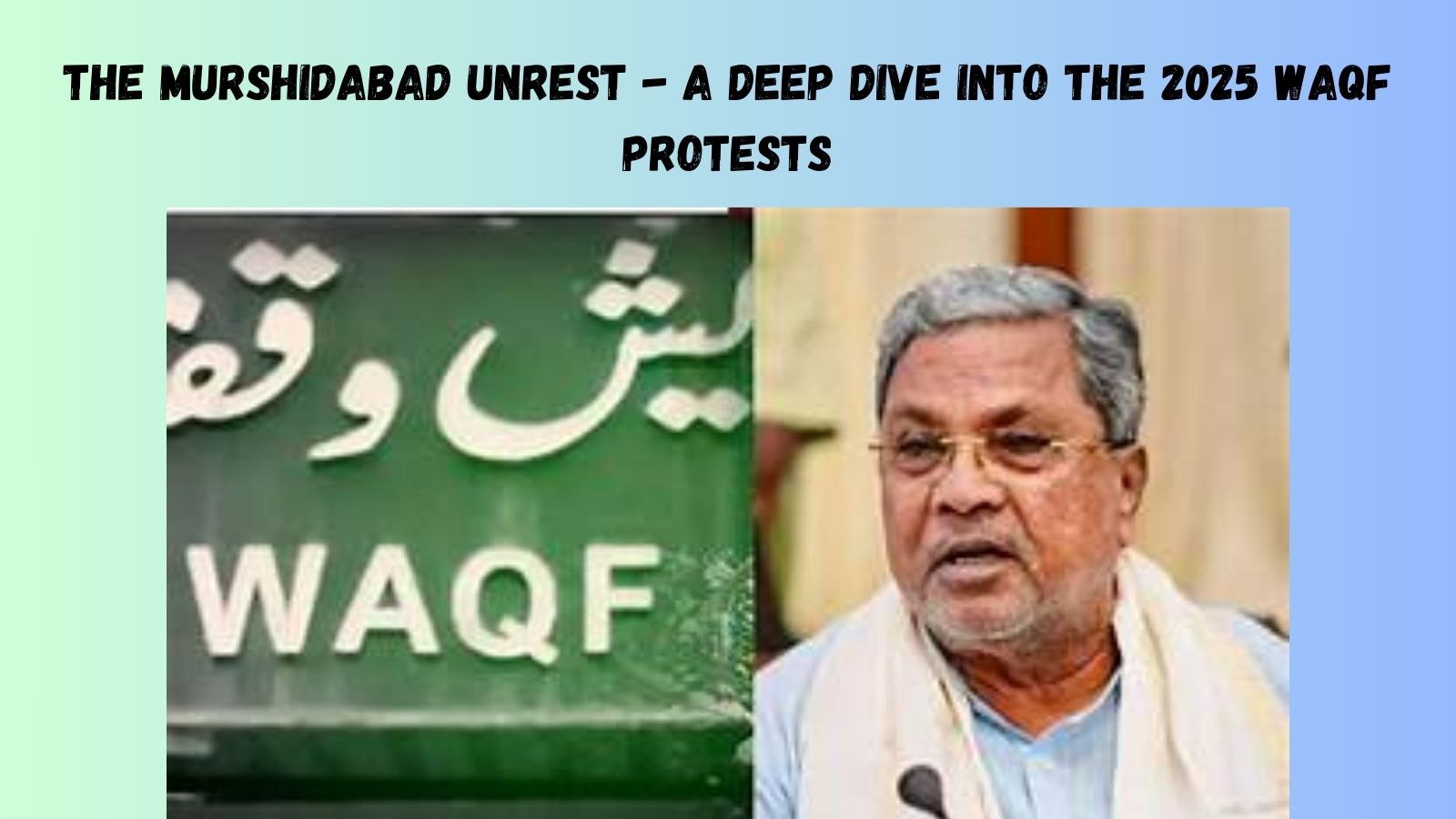

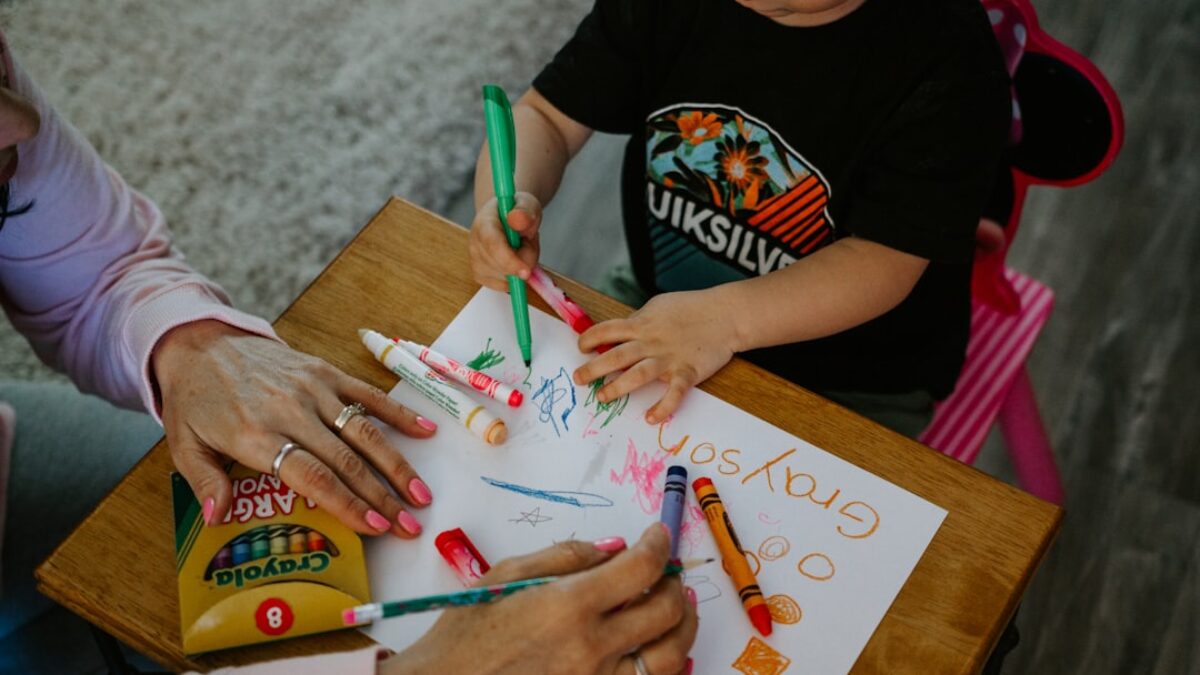
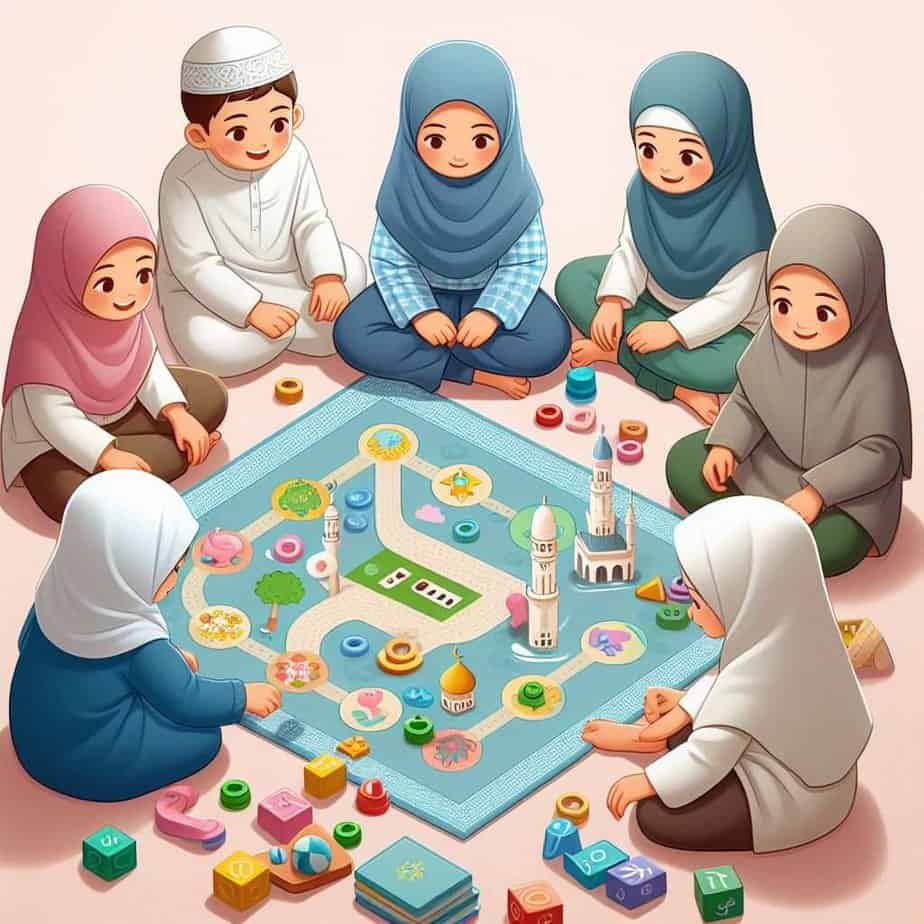






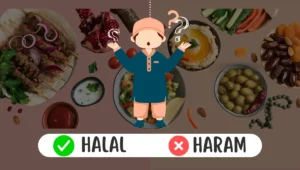











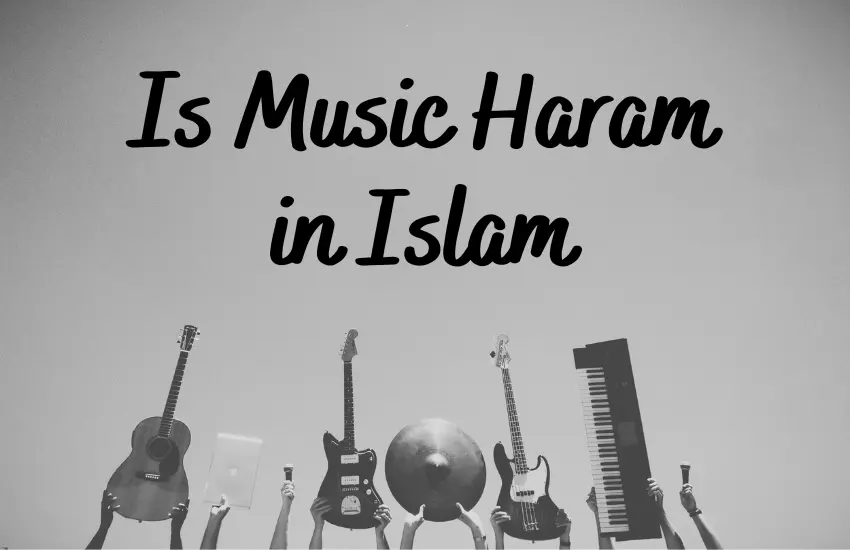

Post Comment